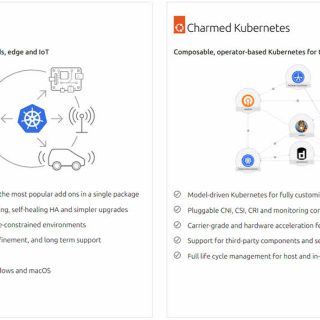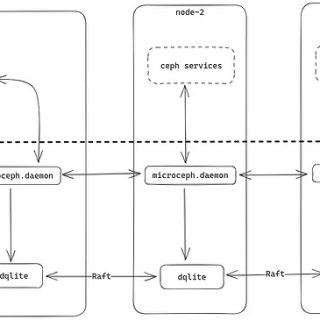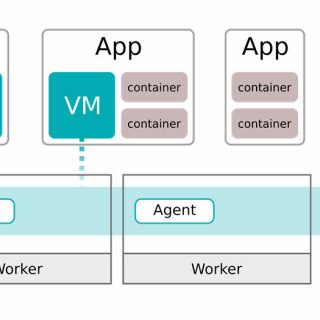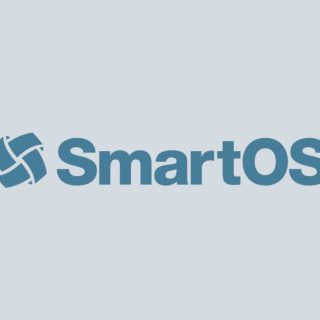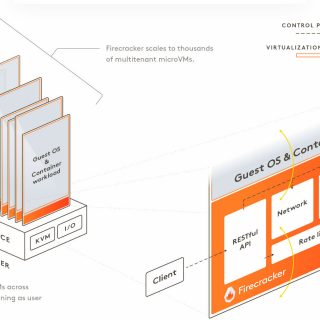Canonical Kubernetes vs. Native: Unmasking the Cloud Champions
Kubernetes is the undisputed monarch of container orchestration in the dynamic world of cloud computing. And in this domain, Canonical Kubernetes rides to the rescue with a powerful trifecta of cost-effectiveness, adaptability, and security.
Whether you’re a novice or an experienced cloud fighter, this blog post will help you grasp the power of Canonical Kubernetes. We’ll examine its fundamental ideas, examine its special advantages, and provide you with the know-how to harness its potential for your cloud-native projects.
